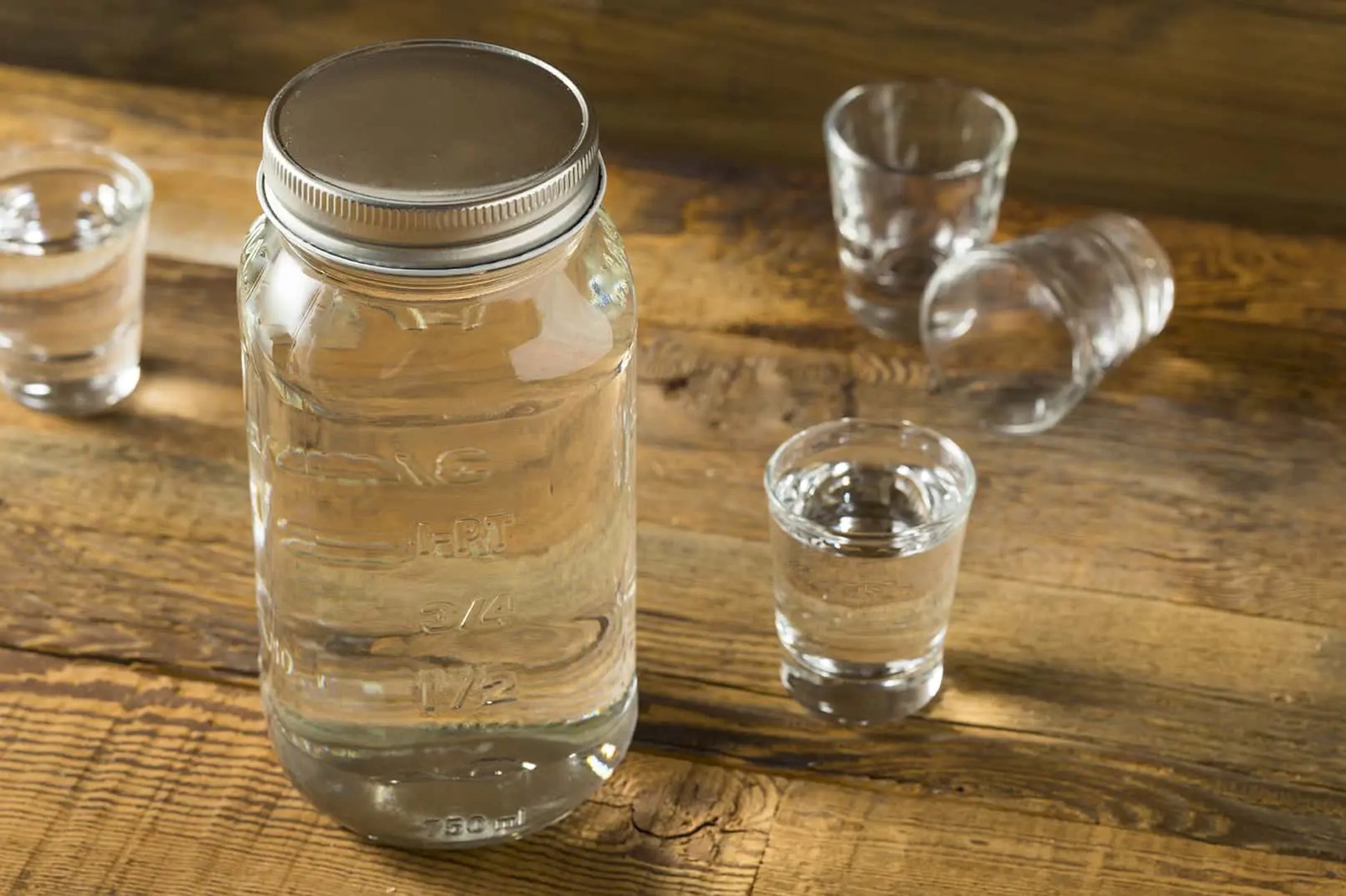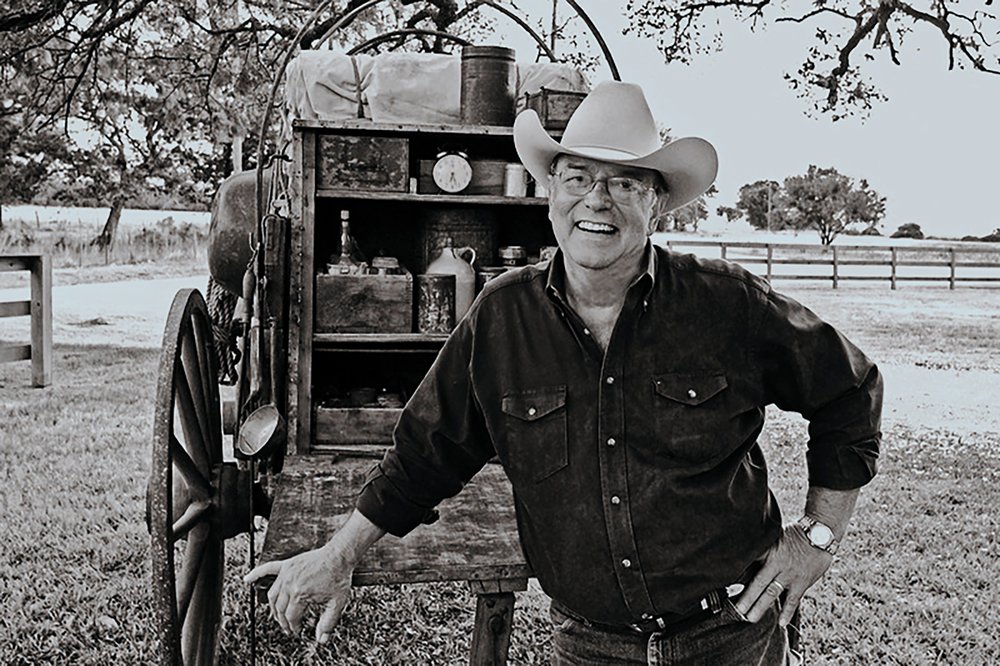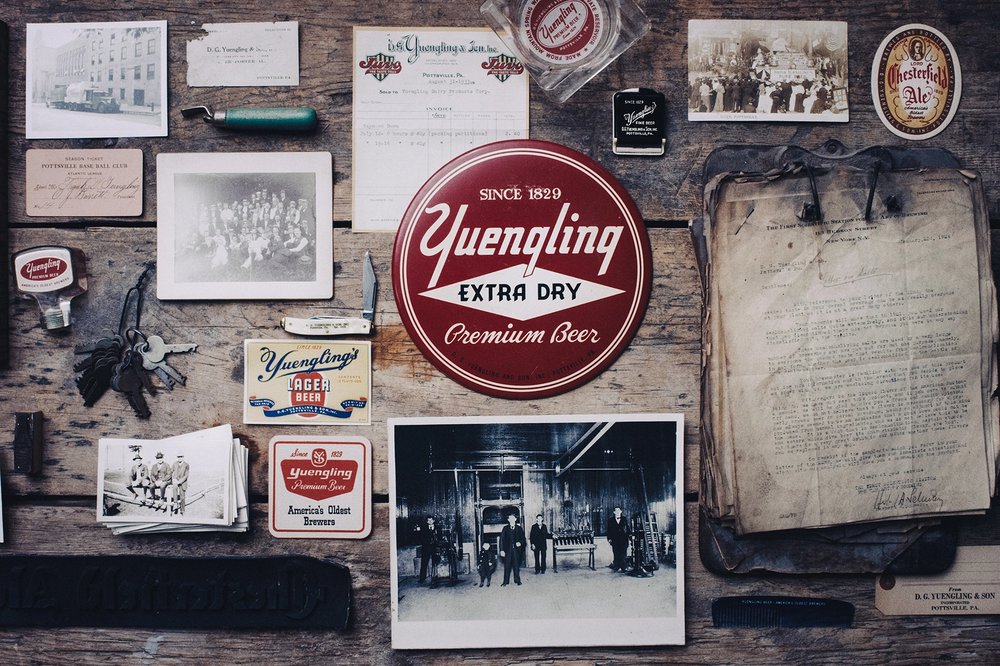White Lightning. Firewater. Hooch. Bush whiskey. There are a lot of nicknames associated with moonshine—a name itself born of the fact that this illegal spirit is distilled only in the darkness.
If you think moonshine is something rarely still distilled, a drink relegated to the days of the Model T or the regions of banjos and backwaters, we are here to tell you, it’s actually a thriving commodity.
This issue, we decided to do a deep dive on this illicit bounty of the Mason Jar—from its origins, to the television show Moonshiners, to just how dangerous it is to drink the real stuff.

Moonshine has a deep and remarkable history in America.
Clandestine distilling has been a part of civilization as long as distilling has been regulated and taxed. You’d only need to scratch the surface in any country with a history of liquor production to find people making it in their basements, bathtubs, and backyards. In America, illegal distilling dates back to the 1700s, but it firmly took root during Prohibition, when the government declared all alcohol illegal in 1920. Moonshiners sprang up, creating stills deep in the woods. Secrets, recipes, and distilling science were all passed down from father to son—especially in Appalachia, where the practice of making this potent, clear liquor became a commodity that sustained entire communities.
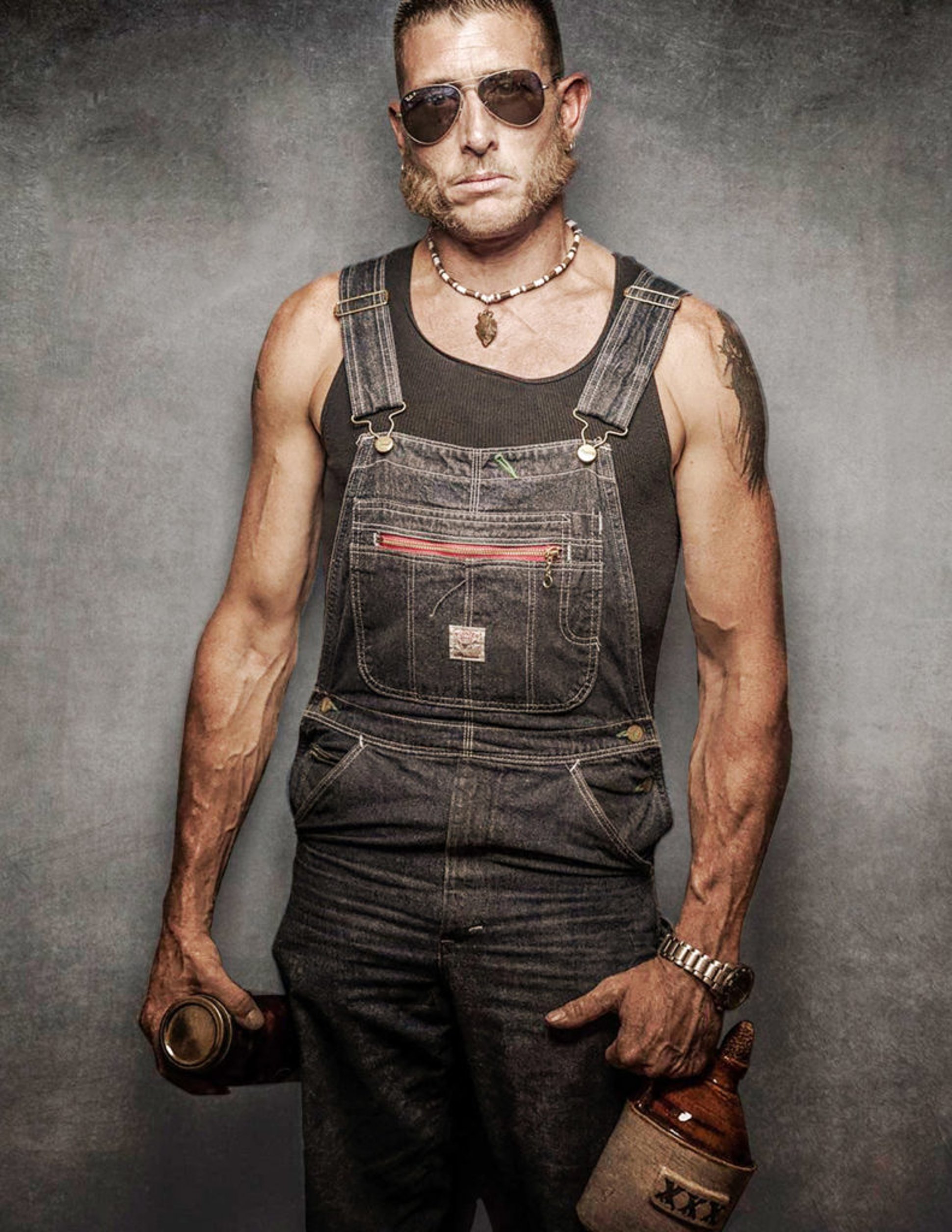
Bootlegging was a byproduct of this midnight liquor production, and men jumped into vehicles and mashed the pedals as police gave chase. These bootlegger drivers became locally and regionally famous for their skills behind the wheel. They altered cars, adding heavy-duty shocks to absorb the bumps in country roads. The backseats were ripped out to provide spaces for crates, and the engines were modified to increase speed. Prohibition was repealed in 1933, but our taste for the covert spirit and fast and furious drivers remained. With no use for these altered vehicles, the drivers began hosting organized races. NASCAR was a result of bootlegging and moonshine.
Today, NASCAR is everywhere. Especially on cable television. Turns out, so is moonshine. The show Moonshiners—a series on the Discovery Channel that follows the life and times of today’s illegal distillers—is nearing its 200th episode. “Moonshine can be made from anything that will ferment,” Josh Owens tells us. He’d know, too. Owens is a star on the hit show. He’s been involved with distilling since he was barely 16 and with the show since its second season.
“The difference in white lightning and moonshine is that moonshine is made at night, and white lightning is made in the day. The difference between liquor and moonshine is that liquor is legal. Moonshine is not. I got into it when a buddy of mine’s dad was a moonshiner legend,” he recalls. “I would cut their grass and they would pay me in moonshine. It gave me some status, I guess.”
His interest grew, and he began studying under moonshine (and bluegrass) legend Barney Barnwell, as well as researching his own family history—which he discovered included several other notorious makers. Today, his own status is undisputed as one of the most recognizable names in the game.
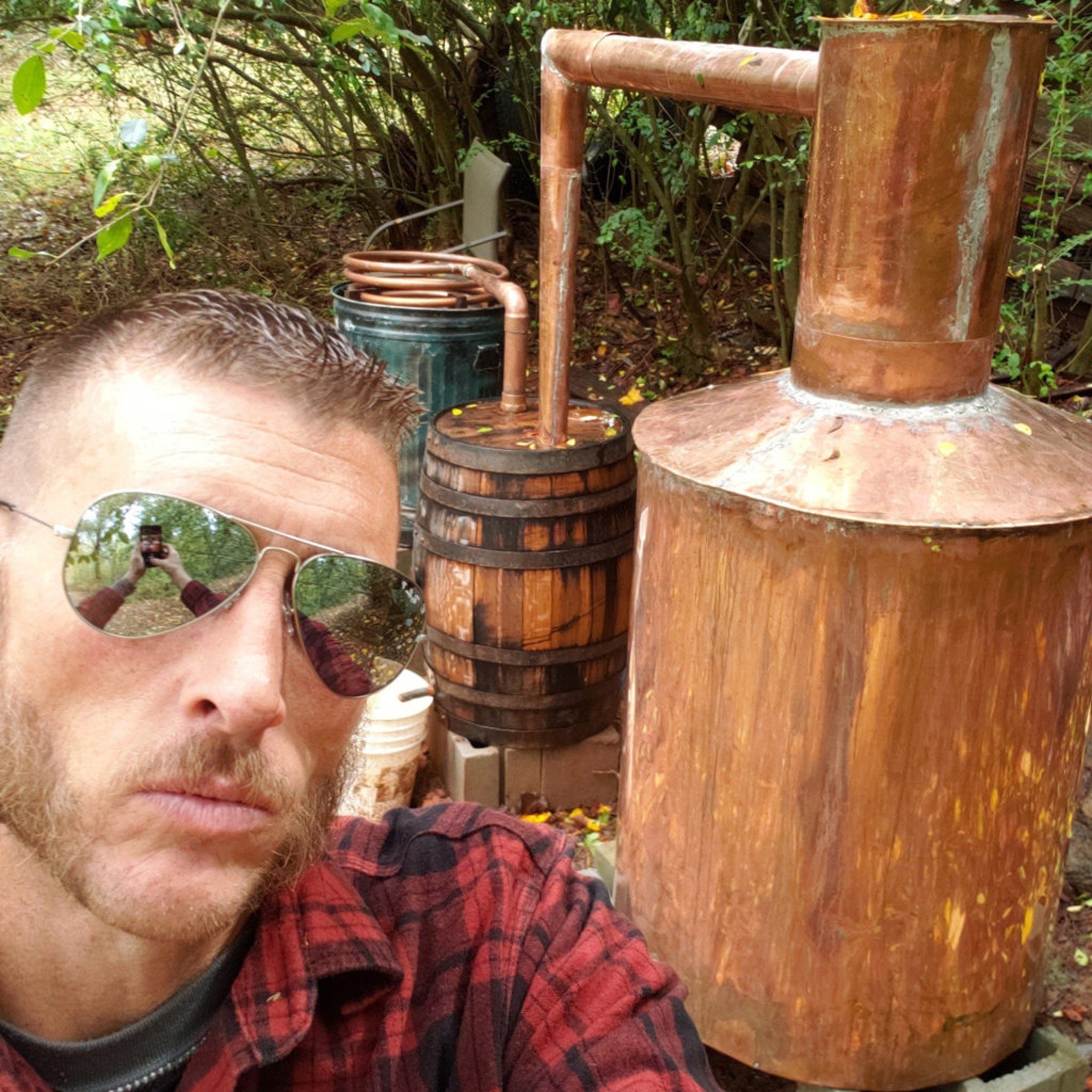
The rules of making moonshine are the same as making whiskey, sans the barrel, Owens says. Moonshine is always unaged and clear, unless you throw some fruit in there, which many makers do. “You gotta get your mash right,” he says. “All your sugars have to work off. When your yeast dies, and you have sugar left over, you’re gonna get cloudy liquor. You cannot rush perfection.”
And rush they do not. Making moonshine takes all night. It requires finding clear stream water and building a method to pump it, to keep a makeshift still cool. Owens, and moonshine makers like him, continuously monitor these stills in pitch-black darkness, to avoid police detection. “It’s fun,
but it’s stressful,” Owens says. “You really have to babysit it. You’re sitting there, all tense, and you are watching the propane and standing around.”
When his moonshine is complete, you’ll find a crystalclear base spirit, with a proof somewhere around 100 to 120. That’s much more potent than vodka or gin you’d buy at a liquor store. It’s one of the reasons that the hooch has a bad rap. If you find a jar, you need to sip it sparingly. You also ideally need to know it was made properly. Too much methane in the alcohol can have adverse side effects to your health.
As for Owens, experimenting further is key to his legacy. He mixes various fruits in his Joshberry style, and people who know him ask for it often. “I think you ought to know where your moonshine is coming from,” he urges, for those eager to hunt a bit for themselves. “Me, as a moonshiner, I’m a perfectionist. I like stainless steel and copper. I don’t use plastic, if I can help it. I come from a long line of men who made moonshine, and I take the tradition seriously. I’m related to Amos Owens, who was the most famous moonshiner in North Carolina history. That’s where the Cherry Bounce comes from. That’s my family recipe.”
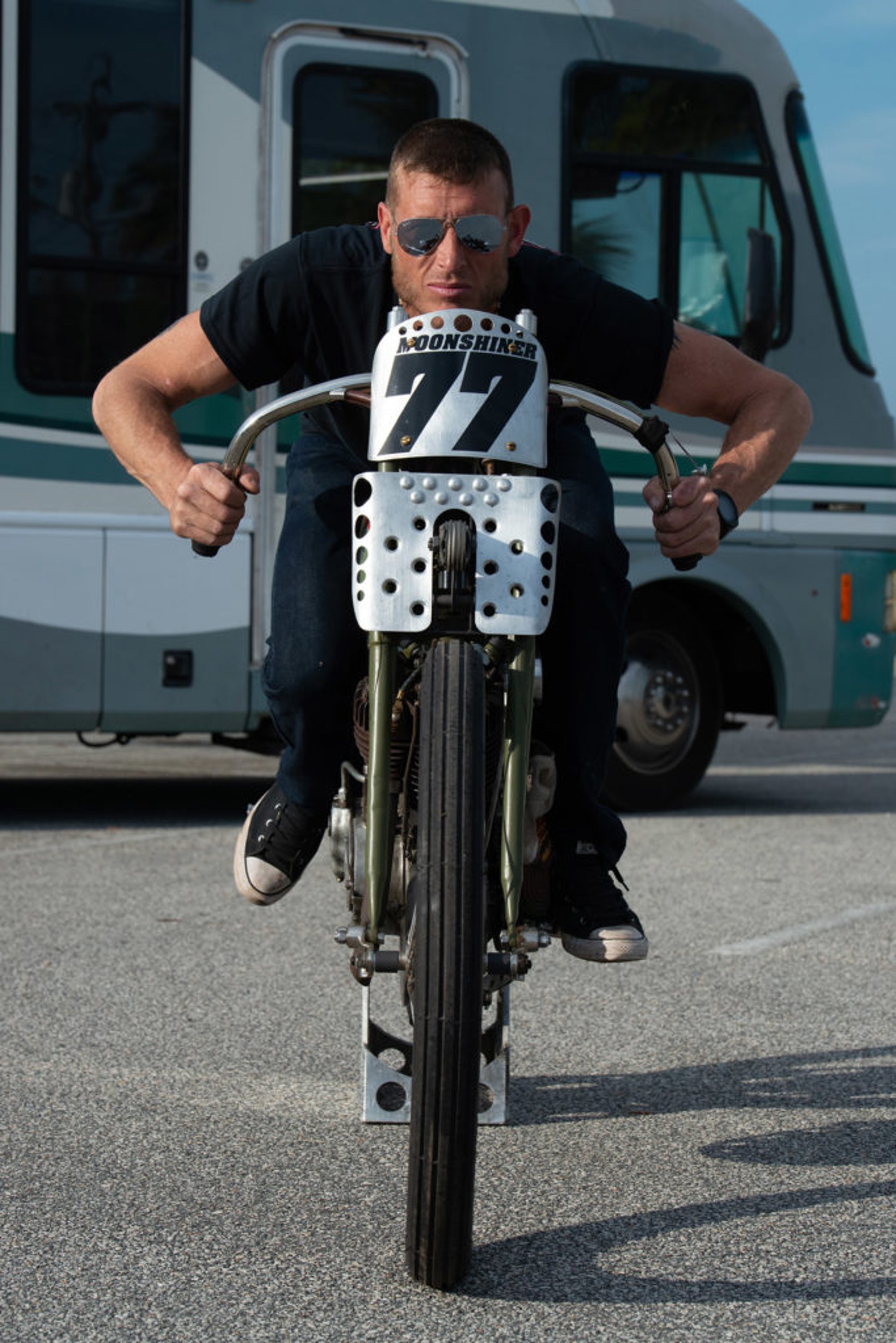
These family recipes of his will soon be far easier to obtain than ever before. Owens has teamed up with King Distilling Co., out of Eastern Tennessee, a region where plenty of clandestine stills have popped up under the cover of darkness for generations, to produce his moonshine for legitimate sale. “We wanted to go back to the foundation of traditional
moonshine distilling,” offers King Distilling President Kyle
Spurlock. “We are taking the equipment that’s been used for hundreds of years and scaling that. We are also only using one grain—corn—and a copper pot still instead of a column still.”
While it won’t be made after midnight, the clear liquid recipe for Josh Owens Outlaw Style moonshine comes directly from Owens, and at a 100 proof, it will likely have that smooth fire that ’shine drinkers know and love. Expect a launch of the traditional, clear style as well as five flavors to hit retail and bar shelves in April in Tennessee and a few other states, and look for Josh Owens to be on site frequently if you get a chance to tour the Tennessee distillery.
If you find a jar or a jug through the grapevine in the meantime, you now know you’re drinking something steeped in American history. It’s a liquid that led to NASCAR and taught the great distillers in our country.
When asked if he would like to see all moonshining legalized, Owens gives a throaty laugh. “I’ve stayed an outlaw on purpose,” he says. “It’s a lot more fun staying under the radar. I come from a long line of distillers. And, maybe they weren’t doing it legally … but I think that’s the best part about it.”
